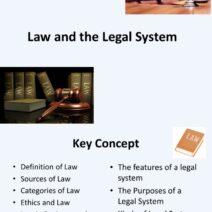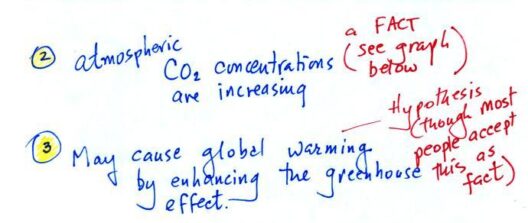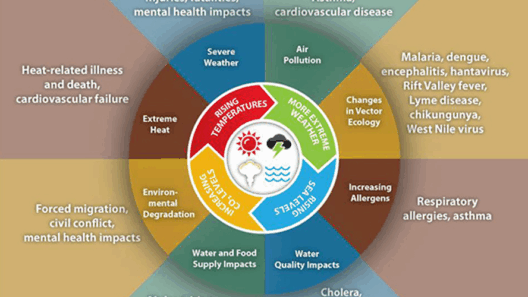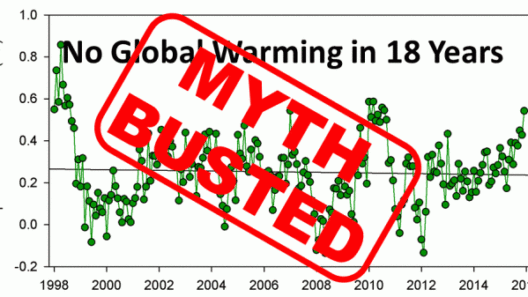In a world where garbage is often seen as merely waste, the act of incinerating trash stands as a thunderous proclamation of our struggle between convenience and responsibility. Imagine a modern-day phoenix; instead of rising from the ashes to embody renewal and hope, it descends into the abyss of global warming, contributing to a climate crisis that endangers our very existence. The process of burning trash, often lauded as a solution to waste management, deserves scrutiny as it harbors the potential to exacerbate our planet’s already precarious state.
When we incinerate refuse, we participate in a ritual that converts seemingly innocuous materials into harmful emissions. The temperatures achieved during incineration often exceed 1,800 degrees Fahrenheit, a blazing inferno that transforms organic matter into smoke, particulate matter, and gases. These byproducts, particularly carbon dioxide and methane, are contributors to the greenhouse effect—a phenomenon akin to wrapping the Earth in an ever-thicker blanket of heat, trapping energy from the sun and destabilizing the climate.
The metamorphosis of waste into toxic gases is reminiscent of the alchemical processes of old. Just as ancient alchemists sought the elusive philosopher’s stone, we are now transmuting everyday refuse into dangerous pollutants. For every ton of waste incinerated, approximately 1.4 tons of carbon dioxide are produced. To put this in perspective, this is equivalent to burning nearly 150 gallons of gasoline. By choosing incineration, we are inadvertently tossing more fuel on the already raging fire of climate change.
The debate surrounding waste incineration often hinges on its perceived benefits: energy recovery and reduced landfill use. However, beneath the surface of these advantages lies a more complex narrative. While incinerators can indeed generate electricity, the environmental cost of burning trash often outweighs the benefits. The ash residue—the remains of our incinerated waste—contains toxic heavy metals and other hazardous substances. These residues require careful disposal, usually in landfills. Thus, the cycle of waste continues, perpetuating a grim paradox: we remove trash from our sight only to reintroduce its perilous remnants into the ecosystem.
The pollutants released during incineration do not vanish without trace. They mingle with the air we breathe, creating a cocktail of health hazards. Dioxins, often referred to as some of the most toxic substances known to science, are released during the burning of organic material. These compounds, which can bioaccumulate in the food chain, pose serious risks to human health, contributing to respiratory diseases, immune system dysfunctions, and even cancer. In essence, incineration is both a physical and moral hazard—a Faustian bargain where the allure of convenience blinds us to the potential consequences.
Moreover, the economic implications of incineration further complicate the narrative. The infrastructure required for waste incineration is costly, diverting funds away from sustainable waste management practices. Cities investing in such plants may inadvertently lock themselves into a long-term commitment to burning waste, rather than pursuing more sustainable alternatives such as recycling and composting. In this regard, incineration resembles a quick fix—an enticing but ultimately ephemeral solution that postpones addressing the core issue of unsustainable consumption habits.
As if that were not enough, the incineration of trash is fraught with social justice implications. Communities situated near waste-to-energy facilities often contend with higher levels of pollution and subsequent health risks, creating environmental inequalities reminiscent of historical patterns of oppression. These neighborhoods—frequently home to marginalized populations—should not be the sacrificial lambs in the misguided pursuit of waste management solutions that prioritize economic efficiency over communal well-being.
To envision a world free from the scourge of incinerated waste, one must cultivate a holistic understanding of sustainability. The concept of circular economies, in which products are designed for reuse, repair, and recycling, presents an enticing alternative to the linear “take-make-dispose” model. By closing the loop on waste within this framework, societies can alleviate the pressure on landfills and reduce the burdens imposed by incineration. Through thoughtful consumption and robust policies surrounding resource management, we can endeavor to create a reality that honors both environmental integrity and human health.
In conclusion, the act of burning trash must be reexamined with urgency and clarity. The chilly herald of climate change is knocking at our door, and while the flames of incineration might promise an escape from waste, they are no more than a mirage flickering in the distance. As sentinels of the Earth, we must hold steadfast in the conviction that true progress demands introspection, responsibility, and a commitment to forging pathways that eschew devastation in favor of holistic sustainability. The time for action is now, and it is imperative that we extinguish the dangerous allure of incineration and kindle the fires of change—change that promotes a future where our planet thrives not just for ourselves, but for generations yet unborn.








